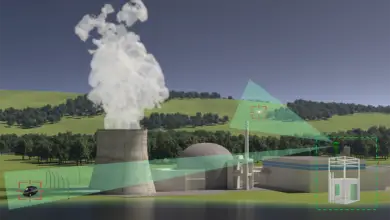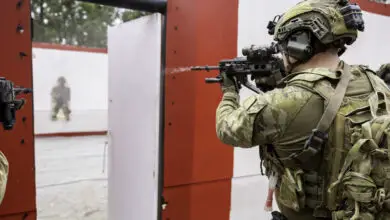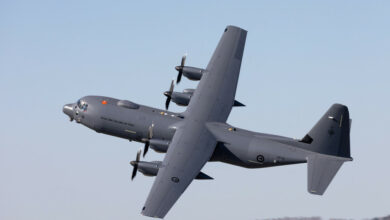13 winners share A$19 million in Australia’s Counter Improvised Threats Grand Challenge
The 13 winners sharing A$19 million in Australia’s Counter Improvised Threats Grand Challenge were announced by Minister for Defence Industry Christopher Pyne on Wednesday, December 20.
The competition, an initiative of the ministry’s Next Generation Technologies Fund, launched in April and saw over 200 first-round submissions of which 40 were shortlisted, Pyne said in a press release.
“Thirteen high-quality proposals from universities, industry and small business across five Australian states have been selected to develop technology solutions to combat growing threats to our nation’s security,” Pyne said, adding that 26 organizations will collaborate in delivering the solutions.
The successful proposals were received from the University of South Australia, University of Adelaide, University of Western Australia, University of Queensland, Flinders University and Queensland University of Technology as well as Lockheed Martin, CSIRO, L3Micreo, DefendTex, Teledyne, Tectonica and Rfteq.
“The outcomes of the winner’s proposals will be developed over the next four years into a single, prototype threat detection and defeat system,” Pyne said. “This will be a game-changing capability and I look forward to its implementation in saving Aussie lives and property.”

Scenarios and threats
The challenge is focused on “prototype systems that detect and defeat a range of improvised threats while protecting Defence personnel and the civilian community,” according to the call for applications, with a goal of demonstrating “integrated sets of detection and neutralisation systems within three years.”
The call notes that, as threats evolve “it is expected that continuous innovation with potential solutions will be required.”
The program aims to develop “open, modular, flexible systems that will detect and respond to a range of improvised threats with minimal risk to Defence personnel or civilians.”
The challenge is based on the premise that no single sensor can detect all improvised threats, and that development will lead to new sensors and sensor fusions will be created, along with technologies to neutralise the threat detected.
Two scenarios – one civilian and one military – were published to illustrate the context for the challenge.

Both scenarios focus heavily on various types of improvised explosive devices – vehicle- and water-borne, emplaced, remote triggered and suicide bombs – as well as the threat from drones, but the document notes that CBRN threats may also exist, and that the conditions and restrictions on civilian and military use may be different.
The ministry sought solutions that focused on threat defeat, sensors and “algorithms for signal processing, data fusion, automatic target recognition and determining response options.”
The winners are expected to work collaboratively in the development of a single system.
Announcing today the winners of our Counter Improvised Threats Grand Challenge – $19 million provided to industry to develop technology solutions to combat growing threats to our nation’s security ➡️ https://t.co/hrL59m2qRG #auspol #ausdef pic.twitter.com/wU47hnQXRX
— Christopher Pyne (@cpyne) December 19, 2017











